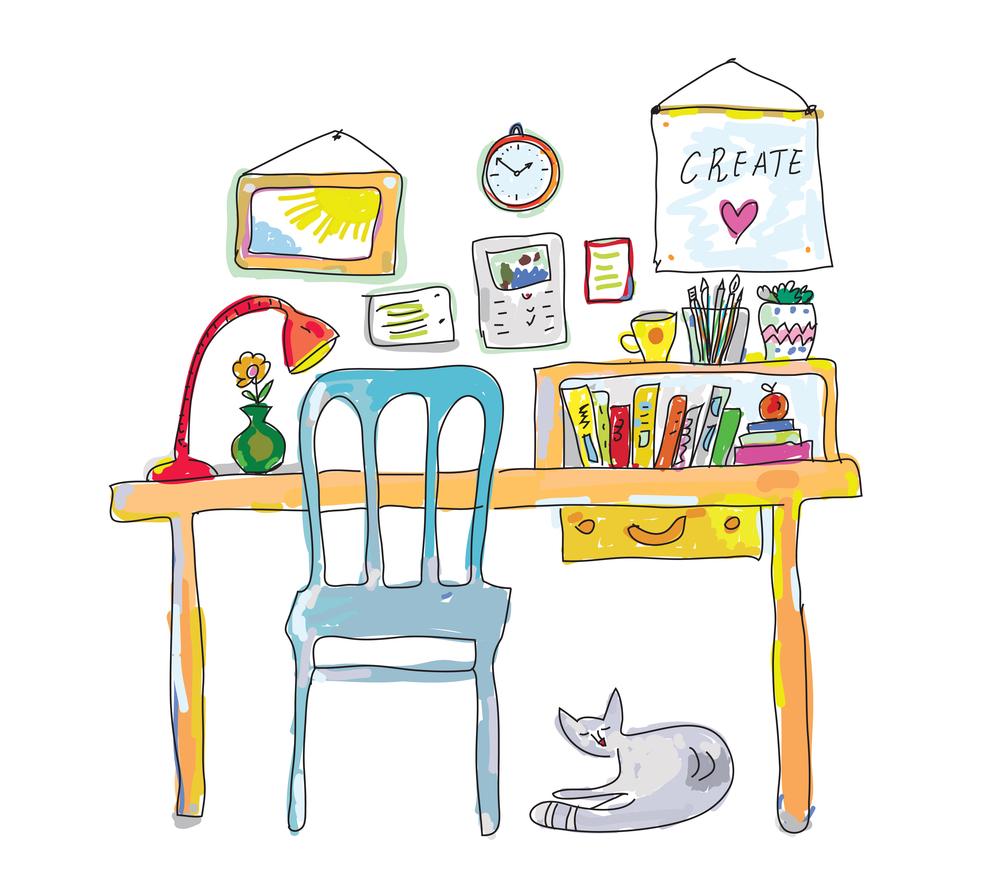
Years ago, when I lived on Salt Spring Island, I had a spectacularly creative friend known for her sparkling local presence as an actor, director and jazz singer. Her home was a magical stage set: ravishingly beautiful, inventive, ever-changing.
My home, by comparison, seemed uninspired, so I asked her for advice on how to arrange my furniture. Her answer still guides my creative decisions every day:
“Do whatever you want, dahling, but do it like you MEAN it.”
In essence, this is what I tell my author clients when their writing is riddled with phrases like “I believe,” “I think,” “it seems to me” and “in my opinion.”
These introductory phrases have two unfortunate effects:
- 1. They waste the reader’s time. We already know this is what you believe. You wrote it.
- 2. They sound tentative and undermine what I like to call your AUTHORity.
But what do you do if you take out these phrases? What do you use instead?
Nothing. That’s right. Just take out those wobbly time-wasters. You’ll notice an immediate difference in your writing. Now you’ve made a solid statement. No more dithering.
You have staked your claim, taken up intellectual space.
Which leads to my final point, cribbed from a thoughtful 1980 essay, “What’s so Wrong with ‘In My Opinion’?” by Jack P. Rawlins: when we say “I think” or “in my opinion,” our opinion can’t really be challenged because we are hiding behind our subjectivity. You can’t tell me I’m wrong if this is just what I think!
“Since we cannot inspect the source of the observation,” wrote Rawlins, “the … writer is safe. Acts of perception cannot be challenged … feelings or opinions can be disclosed, like navels, but there is nothing to do with them beyond that.”
Like navels! I love it. In other words, Professor Rawlins regarded “I think” and “I believe” as dodges to giving actual evidence that supports what you think and believe. Whereas, when we make a firm statement, we then have the responsibility for proving its integrity.
So, go ahead, move your furniture, paint your canvas, write your essay or blog post. But make sure you do it like you mean it.
